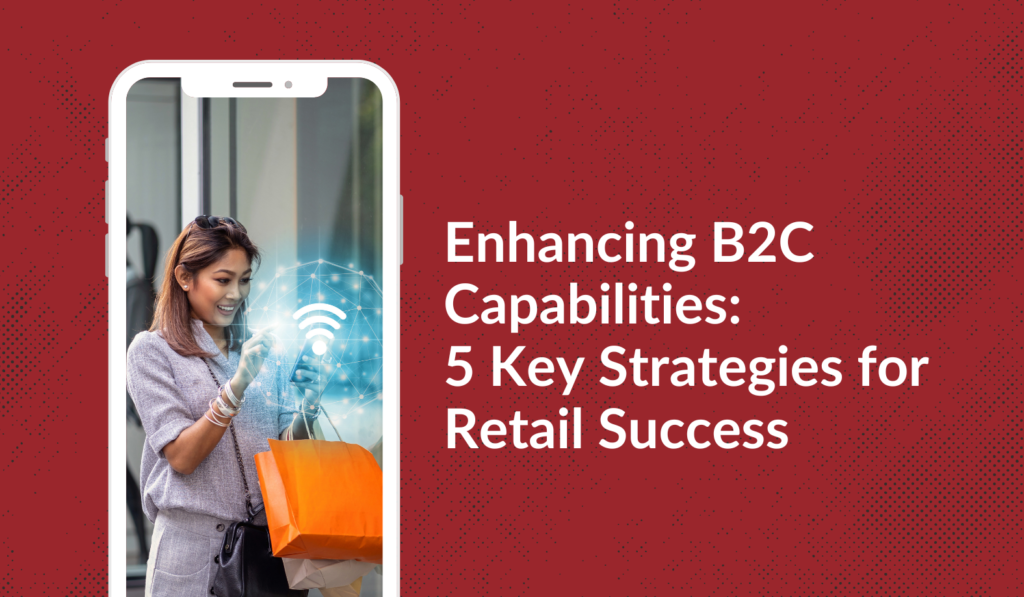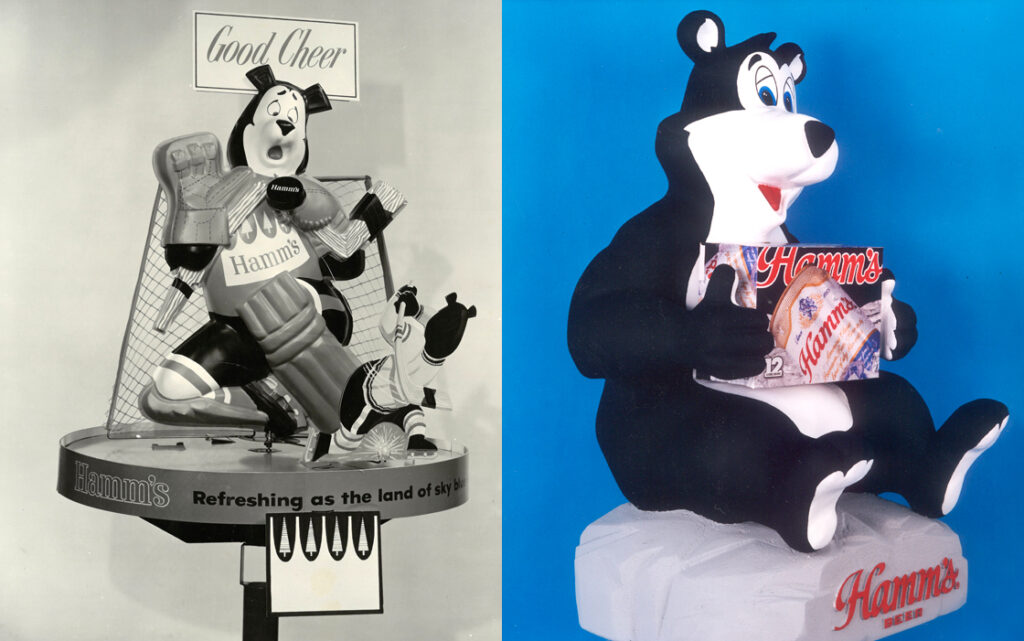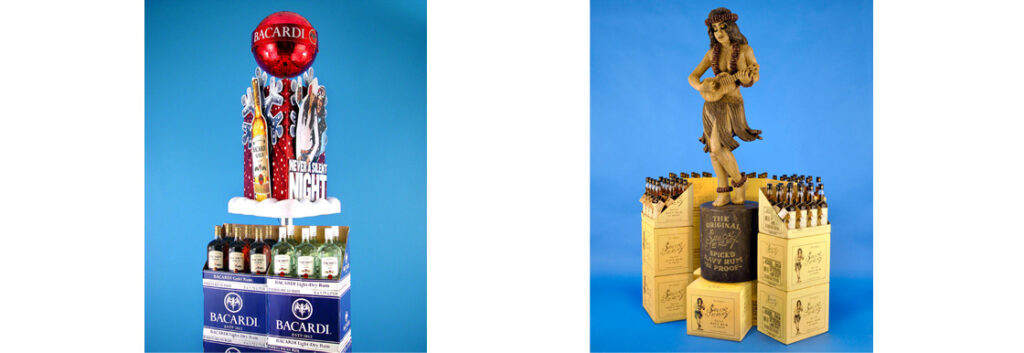
Ok, you asked for it!
Prepare to be blown away!
Give us some info & we’ll get started!

The retail environments we are now familiar with have evolved a lot over time. If you look back, you’ll notice several aspects of in-store shopping that have changed over time, from expanding aisle width to accommodate carts, to interactive displays using advanced technology to grab consumer’s attention. We may be biased, but here at Bish Creative we think the evolution of retail is fascinating, so we decided to share some of the highlights.
Where retail began – 1700s: It all began when “mom and pop” shops opened up in the 1700s-1800s. They were very small drug stores or general stores offering medications, groceries and even fabrics and toys! These stores were family-owned, independent businesses that started the retail and shopping experience we come to love today. Mom and pop shops generally focused on specific categories, products or services, whether that was a pharmacy, a butcher or an agriculture supply shop, so consumer’s would need to visit multiple stores to gather what they needed.
Department Stores – 1800s: As the United States expanded and populations moved west, there was an increased need for retail environments spread across the growing country. Businesses were booming! In response to ever-increasing demand and the ongoing effort to improve the shopping experience, department stores became popular in the mid 1800s to early 1900s. Stores including Macy’s (1858), Bloomingdales (1861), and Sears (1886) began popping up in cities like New York City and Chicago. Curiously, stores back then didn’t just sell items, they also offered demonstrations, lectures and entertainment events to appeal to the wealthy community. Imagine, going into Sears to learn about the new washer and dryer systems – very different from the online appliance shopping many of us experience today! Today the experience while shopping is coming back to the forefront of the shopping.
Birth of the Supermarket – 1850s: Where shoppers used to visit multiple small shops to buy all their food and groceries, and Department Stores grew in popularity, large grocery stores, known as supermarkets, did the same. Jewel Osco (1899), Kroger (1883) and Piggly Wiggly (1916) stores started popping up. These chain stores allowed consumers to visit one location for all their groceries, including fresh meat, produce and dairy, plus packaged food and home goods. These larger supermarkets encouraged purchasing more in one visit, and therefore delivered another iconic shopping feature we all take for granted. In 1937, the introduction of the shopping cart revolutionized the in-store experience. Grocery stores were even forced to widen their aisles to accommodate the extra need of space.
Shopping Malls and Big Box Stores – 1950s: Shopping malls and big box stores made their appearance in the 1950s – 1960s. During this time people went to the mall to socialize, in addition to shopping. A family could enjoy the entire day at the mall – visiting stores, relaxing by the fountain while snacking on lunch and finally going to the movie theater.
While people loved the experience and social aspect of shopping malls, there was a growing need for big box stores which offered all the essentials, oftentimes at a discounted price. Walmarts, Targets and K-marts grew in popularity and added new locations, generally in close proximity to populated cities.
The Age of Technology – 1990s: As technology continued to advance, the consumer experience evolved with it. E-commerce sales became popular in the 1990s and have only continued to grow with the introduction of smartphones and mobile tablets. Amazon started in 1995 merely as an online bookseller, but has grown into the preeminent online store experience, offering almost every product imaginable. A number of retailers have since jumped on the e-commerce bandwagon for many reasons, one of which was to continue growing brand visibility and awareness. The convenience factor and efficiency to compare prices, read reviews is hard to beat.

Today – 2021: Today, we see more retail innovations that leverage a physical display and also utilize technology, sometimes referred to as phygital, or physical with a digital presence. We saw growth in interactive store displays and experiences. While many of us have not experienced the product demonstrations that were popular back in the 1950s, we are very used to reviews and influences or research the consumer on the brand website or social networks.
As a result of an increasing number of online stores, and in the context of the COVID Pandemic, there has been a sharp increase in e-commerce for consumers globally and a new mostly digital normal for the retail world. Once the dust settles, we can expect that much of this new online activity to remain, but brick and mortar stores will always have the distinct advantages. In many segments, shoppers want to touch and feel the products and also yearn for a destination experience and currently a reason to get out of the house.
While we fully expect that brick and mortar shopping experience to always be superior, we’d be ignorant to think the evolution of retail ended there. There will also likely continue to be more hybrid experiences, where products will be promoted and discovered online and then progressed into a store visit for the final review and purchase. With the increase of virtual reality, interactive videos and 360 views, we are most likely going to see this continue to grow, and here at Bish we’re excited for it.
We’ve gone a long way since the 1700s, and there’s always room for improvement as technology advances. We’re excited for innovation and imagination to push retail experiences and environments further than ever before.
Resources:
https://www.flexengage.com/blog/the-evolution-of-retail-a-look-back-and-a-look-ahead/
https://mi9retail.com/evolution-retail-last-millennium/
https://www.bigcommerce.com/blog/retail/#the-history-and-evolution-of-retail-stores
As a Project Manager for Bish Creative, this professional has ownership for all aspects of design, manufacturing, and delivery of displays customized to each client’s needs. Building relationships with the assigned clients (generally 4-6) is critical, as is detailed project management of up to 150 projects per year. The display business is core for Bish, and as such is in a critical position to drive success for the entire company. The Project Manager will be a member of the Director of Acct Mgmt Staff, which meets bi-weekly.
Designs interior spaces in new and renovated buildings; meets functional and aesthetic goals; researches and purchases furnishings and fittings; and establishes corporate or individual client base.
Bachelor’s or Master’s Degree in Interior Design, Architecture, Creativity, Spatial Skills, Attention to Detail, Multitasking, Problem Solving, Decision Making, Teamwork, Mathematics, Budgets, Research, Negotiation, Interpersonal Skills, Written and Verbal Communication, Knowledge of Local Codes.
As a Prototype Engineer / Model Maker, you will part of a highly creative and award-winning design studio. This professional’s top role is to build or modify prototypes from renderings or engineering drawings. Projects will be constructed of wood, metal, acrylic, corrugated, plastics, electronics, or a combination thereof. Associated with this work is the need to create packaging for safe transport, take professional photos, or develop instruction sheets for end use. The merchandising business is fast-paced, so flexibility to respond to short lead-times is critical as priorities change. The Model Maker must work very closely with our Conceptual Designers and Account Managers to bring projects to life. A well-built, professional prototype is many times the difference between getting a large order, or none at all. With the proper background, training, and job performance, career advancement is possible. This includes moves to Senior Model Maker, or Structural Designer. The Model Maker is a member of the VP of Designs staff and will work directly with each individual designer and their projects.